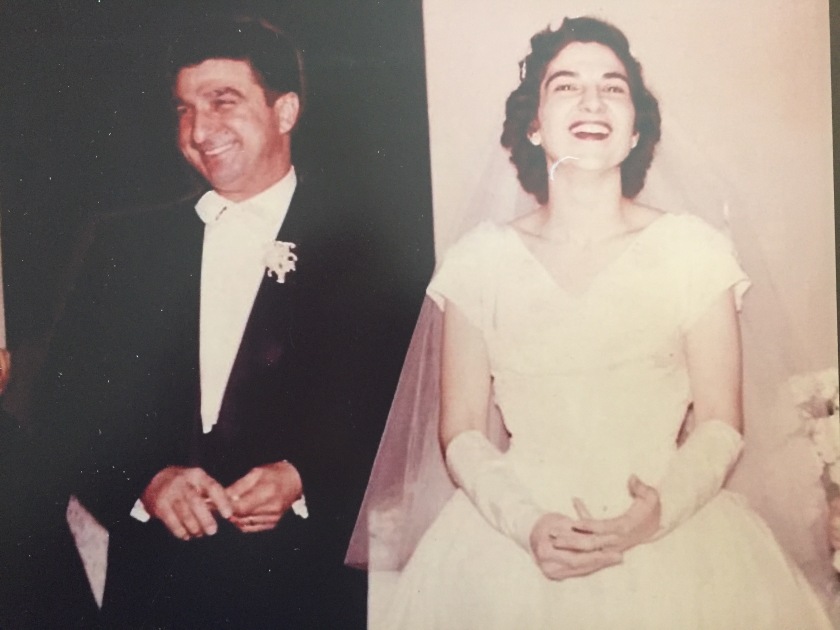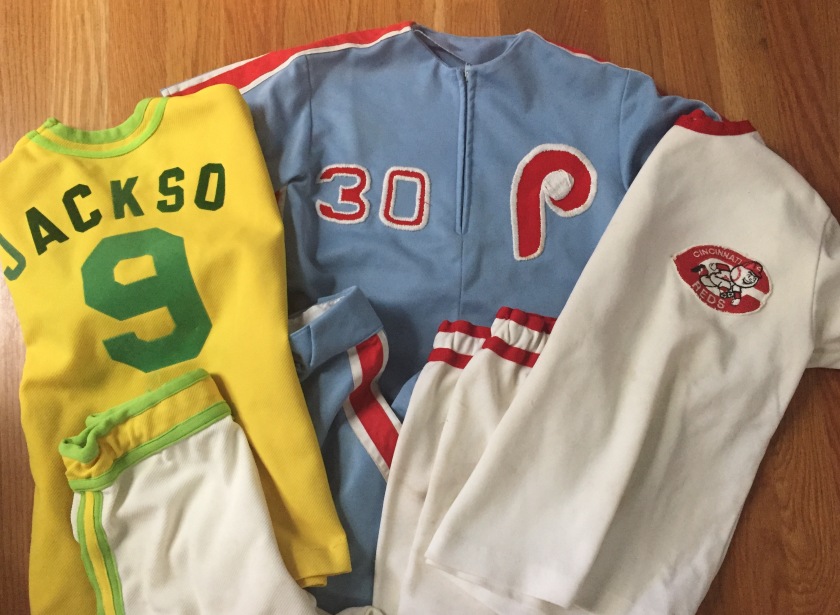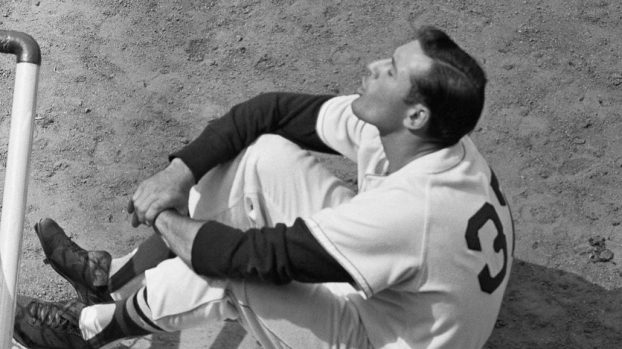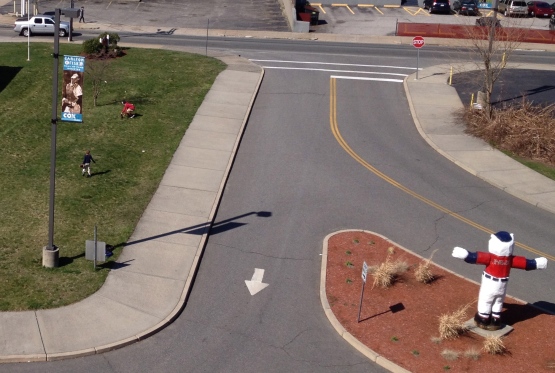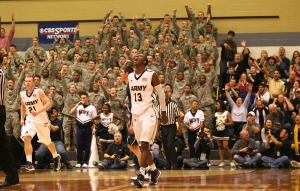By Bob Socci
Invariably, the question would come up. Whatever the wording, its meaning was the same.
“Is he going to follow in Dad’s footsteps,” friends and family wondered, “and be a broadcaster?”
Being a first-time father gifted a newborn son — especially given what I do — I understood that it was only natural for them to ask. At the same time, my reply became second nature.
“Let’s hope not,” I’d say, smiling. “I’d like him to take after his mom.”
So went the Q-and-A for about 18 months. That’s when our son — by then a big brother to a baby sister — stopped talking.
Our pediatrician, recognizing other developmental delays, suggested an evaluation at Boston Children’s Hospital. Our boy, my wife and I were told, might be autistic.
Immediately, I was in denial, researching autism symptoms and keeping an accounting of all the boxes our son didn’t check. I was also — to use another “A” word — angry. Mostly with myself, fearing that my repeated wish was coming true. Indeed, my child would never do what I do with the spoken word. His voice had been taken away.
Sure enough, the team at Children’s confirmed what our good doctor suspected. Our boy, about to turn 2, was diagnosed with autism spectrum disorder.
The signs by then — such as lack of eye contact and extra sensitivity to bright lights, loud sounds and even the subtlest of smells — were clear. Much like my wife’s thinking.
If he doesn’t go to Harvard, she half-joked, he’ll go to MIT.
Little did we know.
Six years of early intervention, floor-time therapy and ceaseless support from remarkably and selflessly dedicated educators in a very supportive school district later, our son is a flourishing third-grader. He reads voraciously; writes his own stories regularly; takes piano and guitar lessons; and though by no means an athlete (this apple didn’t fall far), has recently started tae kwon do.
He’s also a little engineer. And today, it’s much more challenging to get him to stop talking than start. Especially about his favorite subject: LEGOs. Days begin and end with them; from boxed sets to — increasingly — his own creations utilizing gears, axels, springs, levers and a limitless imagination fed by a photographic memory. He has an uncanny ability to re-create what he browses in stores, catalogs and videos.
Teachers who use LEGO Technic and robotics as part of their STEM curriculum consider him their class guru. One even asked him to be her assistant instructing younger kids in an after-school program. Nothing has done more to boost his self-esteem. Or help establish a true connection to other kids.
But unfortunately, outside of that comfort zone built with LEGO blocks, our son struggles to socialize. Seeing and hearing in his own way, unable to recognize certain important cues and nuances, challenge his relationships with peers. Which become further complicated by episodes of overstimulation, obsessive-compulsiveness and perseveration.
Making friends isn’t easy for most of us. It’s especially difficult for him. And that’s the hardest part for me. Still, aside from trials every other parent confronts, it’s really the only hard part of being my son’s dad.
There’s a saying, ‘When you’ve met one person on the autism spectrum, you’ve met one person on the autism spectrum.’
I wouldn’t want our one any other way. He’s unfailingly polite; unwilling to bend let alone break rules; and far funnier than his old man. What I once denied foolishly, I now embrace proudly. Even if he, like most boys his age, hates to be hugged.
Our son is classified as ‘high-functioning’ autistic, a term I frankly detest because of what it implies about others on the spectrum. You could be in his company and have no idea he’s a kid in need of an official diagnosis.
Until last night, he had no idea either.
Before then, the right time and right way to tell him and his sister about his autism had never occurred to us. But as we sat around the dinner table, on the eve of World Autism Awareness Day, the subject arose.
Their school — our school — was encouraging all of its students to wear blue this morning. Naturally, the kids had their own questions for Mom and Dad. All of which, essentially, boiled down to this: what is autism?
Listening to our explanations, our son followed-up.
“Do I have autism?”
“Yes,” we replied, gently yet straight-forwardly.
Pushing himself away from he dinner table, he yelled out his own denial, ran into our living room and dropped onto our couch. Through tears, he told us that he didn’t want to face the kids at school the next day. Or the day after that.
But within a few moments, he calmed down and wanted to know more. We did our best educate and, equally, encourage.
I described a teenaged friend with autism who can surely follow in my footsteps — and go much farther — as a writer and broadcaster. My wife explained how our differences can make us better; noting in his case an extraordinary ability to make the amazing LEGO designs he alone imagines come to life. Reassured, he returned to the table, finished his dinner and homework, and headed upstairs for bedtime.
Today I woke up earlier than usual. As my son slept, I readied for a new round of questions and steeled myself for a potential struggle. I might have to convince him that it was okay to return to his classmates.
But after he got out of bed, other than asking for help to find blue pants to go with his blue shirt, nothing was said about last night. Not even the ‘A’ word.
An hour later, I drove the kids to their wonderfully kind and inclusive school and dropped them off curbside. We told each other we love each other. They got out and, side-by-side, walked inside.
World Autism Day was just like any other day. The way it should be.






